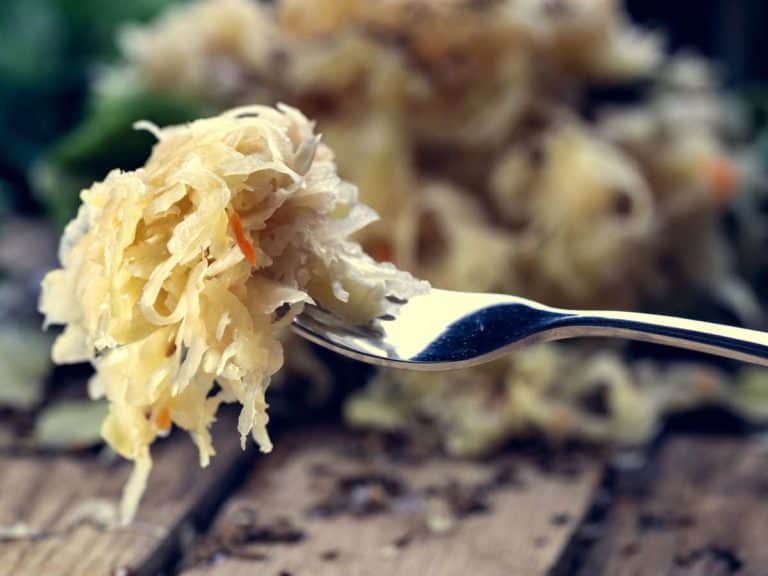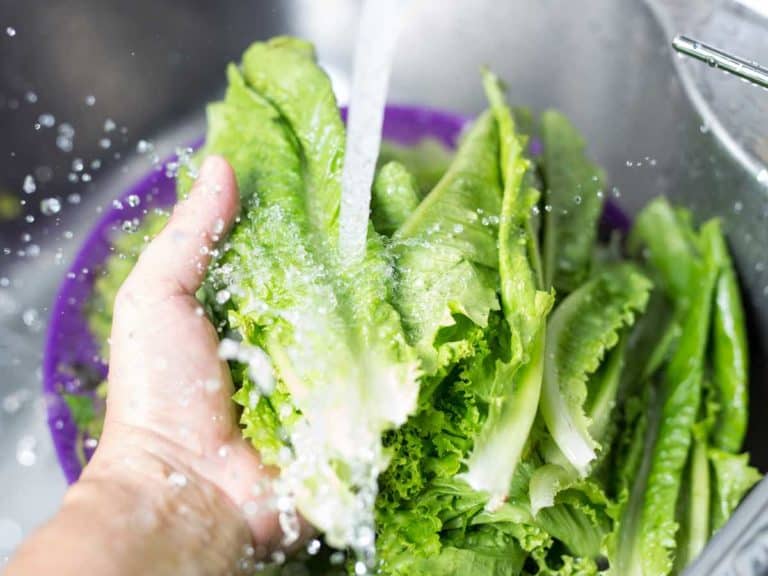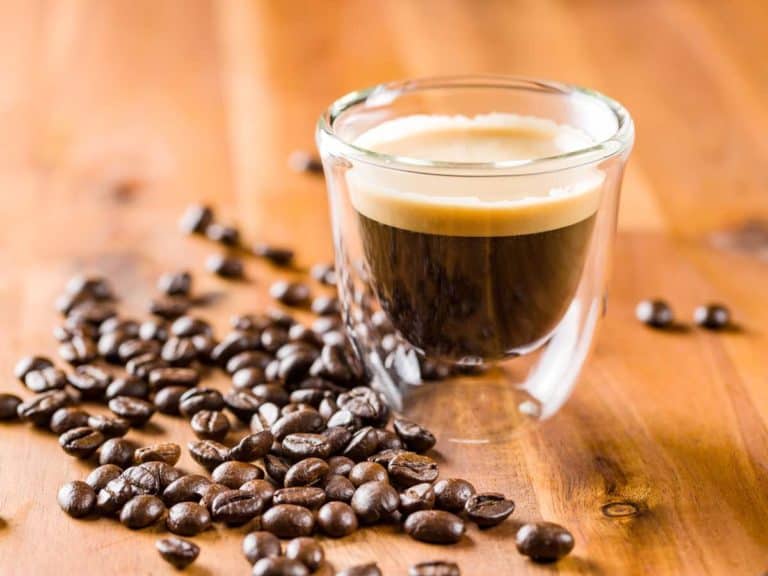What is the Vein of Shrimp And Why You Need Devein It
Shrimp, like other crustaceans, have an open circulatory system. This means that their blood is not contained within and circulated through blood vessels. So, what is that dark-colored slimy line found just below the flesh of shrimp that everyone calls a vein and removes before cooking the delectable seafood?
The vein of shrimp isn’t a blood vessel that carries blood. Rather, it’s the alimentary canal of the seafood, which contains partially digested food and waste materials. In most instances, the vein of shrimp is removed through a process called deveining because it looks unappetizing, although it’s not a health risk.
About to cook shrimp and torn between carefully removing the vein in each of the seafood or simply tossing them in a greased skillet or dropping them in a pot of boiling water? Don’t stop reading now.
In this post, you will learn just about everything you need to know about the vein of shrimp.
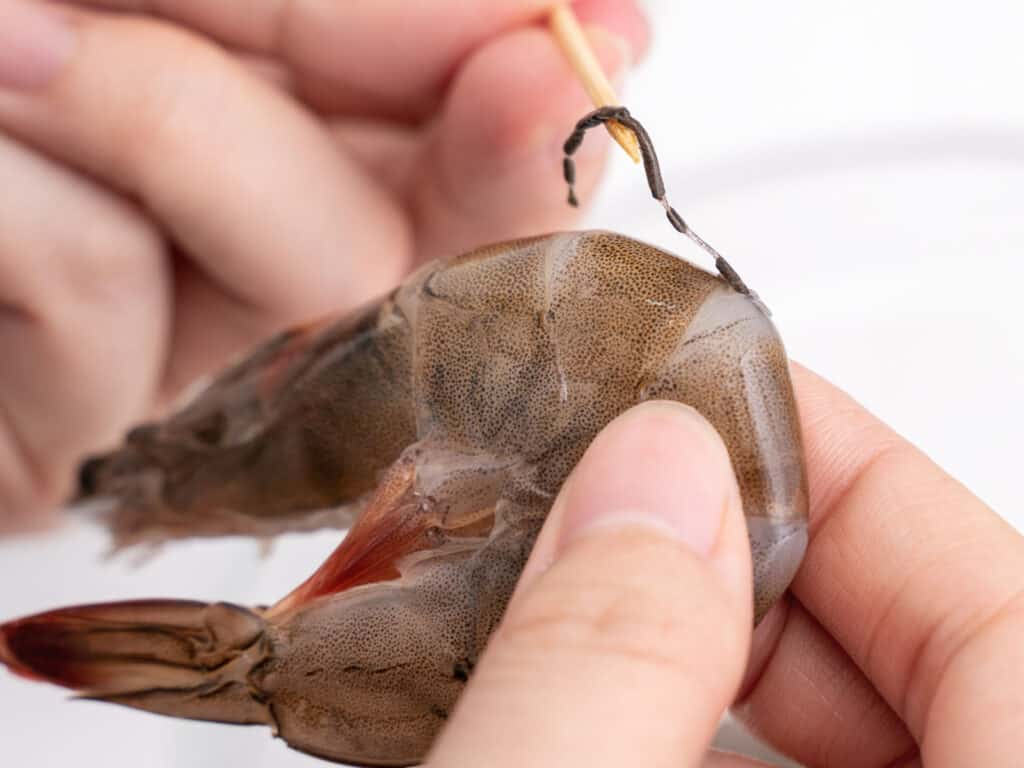
Should You Remove the Vein of Shrimp?
Deveining shrimp is done if the people who will consume them find the idea of enjoying shrimp together with its digestive system is not at all appetizing. Usually, shrimp is deveined if the seafood will be served peeled. Most people do not bother deveining small- and medium-sized shrimp as it can be painstaking.
When deciding whether or not to devein shrimp, you should ask yourself if you find it okay to eat shrimp with a noticeable line running right under its flesh.
The decision to devein shrimp, if truth be told, is a matter of aesthetics.
Deveined shrimp, of course, will look so much better on social media than shrimp with the vein still around. It simply looks more expensive and delicious.
But the absence of vein only counts appearance-wise if the seafood is cooked and served without the shell. Needless to say, it’s an entirely different thing if the shell is still around.
If shrimp is large, typically, it’s a good idea to devein it first. That’s because the vein is large enough to allow sand particles to get in, which can leave shrimp with a gritty texture.
On the other hand, the likelihood of encountering grittiness is less likely if the shrimp is small or medium in size.
What Happens If You Don’t Devein Shrimp?
Not deveining shrimp will result in less appetizing-looking seafood, depending on who’s preparing or consuming it. Leaving the vein intact does not affect the presentation of shrimp in the shell since it’s not visible anyway. Provided that shrimp is cooked very well, its vein won’t put anyone’s health in danger.
Removing the vein of shrimp requires both time and skill. And it’s because of this why many busy chefs and cooks do not bother to devein shrimp beforehand if it’s unnecessary.
Such is the case if shrimp will be prepared with the shell or are small in size.
According to health authorities themselves, the vein of shrimp, even though it contains undigested food, waste products and, in many instances, other particles, isn’t poisonous.
So, in other words, there is no danger in consuming shrimp with the vein still around — feel free to skip deveining if you don’t feel like doing it.
If preparing large shrimp, however, it’s very much possible for you to encounter some grittiness when it’s time to enjoy the seafood with the vein left intact. In this case, deveining shrimp may be a good idea.
Some people do not devein shrimp deliberately. This is especially true when preparing grilled shrimp.
While it can result in mouthwatering shrimp if done correctly, grilling, unfortunately, can run the risk of shrimp ending up dry and flavorless.
To avoid this, shrimp is grilled with the shell to prevent the juices from escaping. The vein is also not removed as it provides a briny flavor to the seafood.
How Do You Devein Shrimp?
Deveining shrimp means removing the shell in order to gain access to the vein. It’s due to this why shrimp prepared with the shell on are not usually deveined. Once the shell is removed, a cut (about 1/4 inch deep) is made along the outer edge of the back of the shrimp. The vein is then removed with the tip of the knife.
In order to remove the vein, you have to remove the shell. And in order to remove the shell, you have to pull off the head and the legs of the seafood, too.
Using a small knife, you need to cut the back of the shrimp to expose the vein.
As you can see, deveining shrimp requires skill and patience. It can also be an icky task for those who can’t stand the fact that the vein contains poop.
And if shrimp is frozen, waiting for it to thaw adds more time to the entire process — you might end up with a nagging headache and even a cut if you attempt to devein rock-solid frozen shrimp.
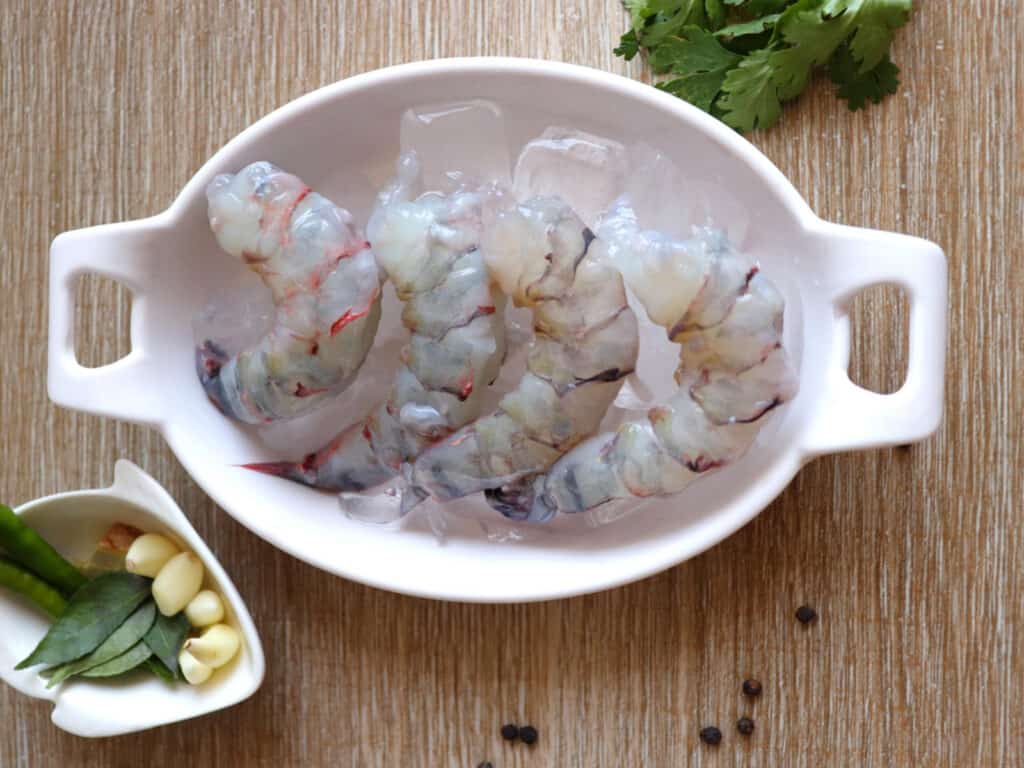
Whether you are constantly in a rush or you find the process of deveining shrimp a tedious task, fret not. That’s because you can simply get your hands on deveined shrimp.
At your favorite supermarket, look for a bag of shrimp that says “deveined”. Needless to say, the manufacturer of the seafood was kind enough to remove the vein for you.
But since nothing comes for free, deveined shrimp is usually a little more expensive than shrimp with the vein still around for the consumers themselves to remove, if preferred.
Can You Devein Shrimp Without Peeling It?
It’s possible to devein shrimp without removing the shell, although it can be more time-consuming than removing the shell before deveining. There are a couple of methods for deveining shrimp with the shell on: by cutting the shell at the back and by lifting the vein with a toothpick through the shell segments.
There is really no need to devein shrimp if it will be served with the shell as the vein will not be visible.
But if you insist on deveining it but don’t want to remove the shell, you can simply cut the shell at the back of the shrimp using a small pair of scissors. Afterward, using a knife, cut along the back of the shrimp to expose the vein.
Another method is available for you to try, although it will require you to do more painstaking work.
All you have to do is grab a toothpick, insert it into the space between the shells and into the seafood’s flesh and remove the vein. You will have to repeat the process until you have removed the entire vein.
Just Before You Devein Shrimp
What everyone refers to as the vein of shrimp isn’t at all a vein. It’s actually the seafood’s alimentary canal, which consists of a tube through which food passes. So, in other words, it’s the digestive tract of shrimp.
According to health authorities, provided that shrimp is cooked thoroughly, the vein won’t harm you. This means that you can cook and consume shrimp without removing the vein and you’ll be fine. However, not all people are fond of the thought of enjoying something with its partially digested food and poop around.
But for other people or some recipes, deveining is not an option.
As a matter of fact, it’s not uncommon for some individuals to keep the vein intact when grilling shrimp — they love the briny flavor it adds to the seafood even though they may have to put up with the grittiness of the contents of the vein, especially in large shrimp where sand particles can get into the alimentary canal.
Summing up, deveining shrimp beforehand is purely out of aesthetics and personal preference. Whether or not you will get rid of that dark-colored slimy line below the flesh of shrimp is completely up to you.
Related Questions
Do restaurants devein shrimp?
Whether or not restaurants devein shrimp will depend on the seafood dish. Shrimp served with the shell on are not deveined, which means that it is cooked with the so-called vein still intact. On the other hand, restaurants devein shrimp if served peeled because the seafood looks more appetizing without the vein.
Can you remove the vein of shrimp after cooking?
It’s possible to devein shrimp after it’s been cooked. However, it’s going to be more difficult compared to deveining the seafood before cooking it. There is no need to bother removing the vein of small- and medium-sized shrimp as it’s unlikely that it will have any effect on the flavor and texture.

![How To Make Frozen Fries Taste Better [Quick Guide]](https://foodwine.com/wp-content/uploads/frozen-fries-1337071646-768x576.jpg)
